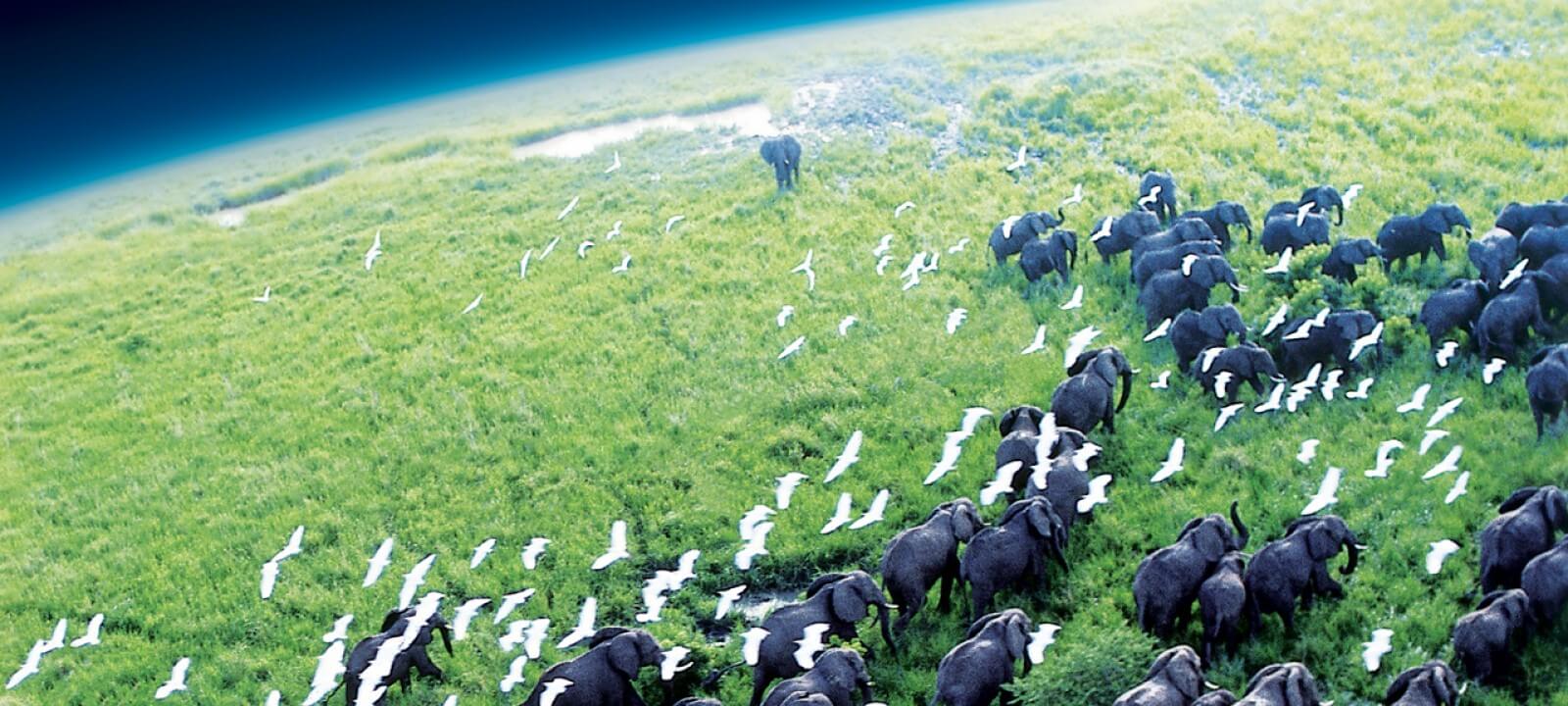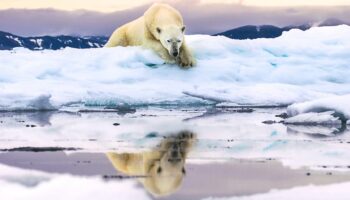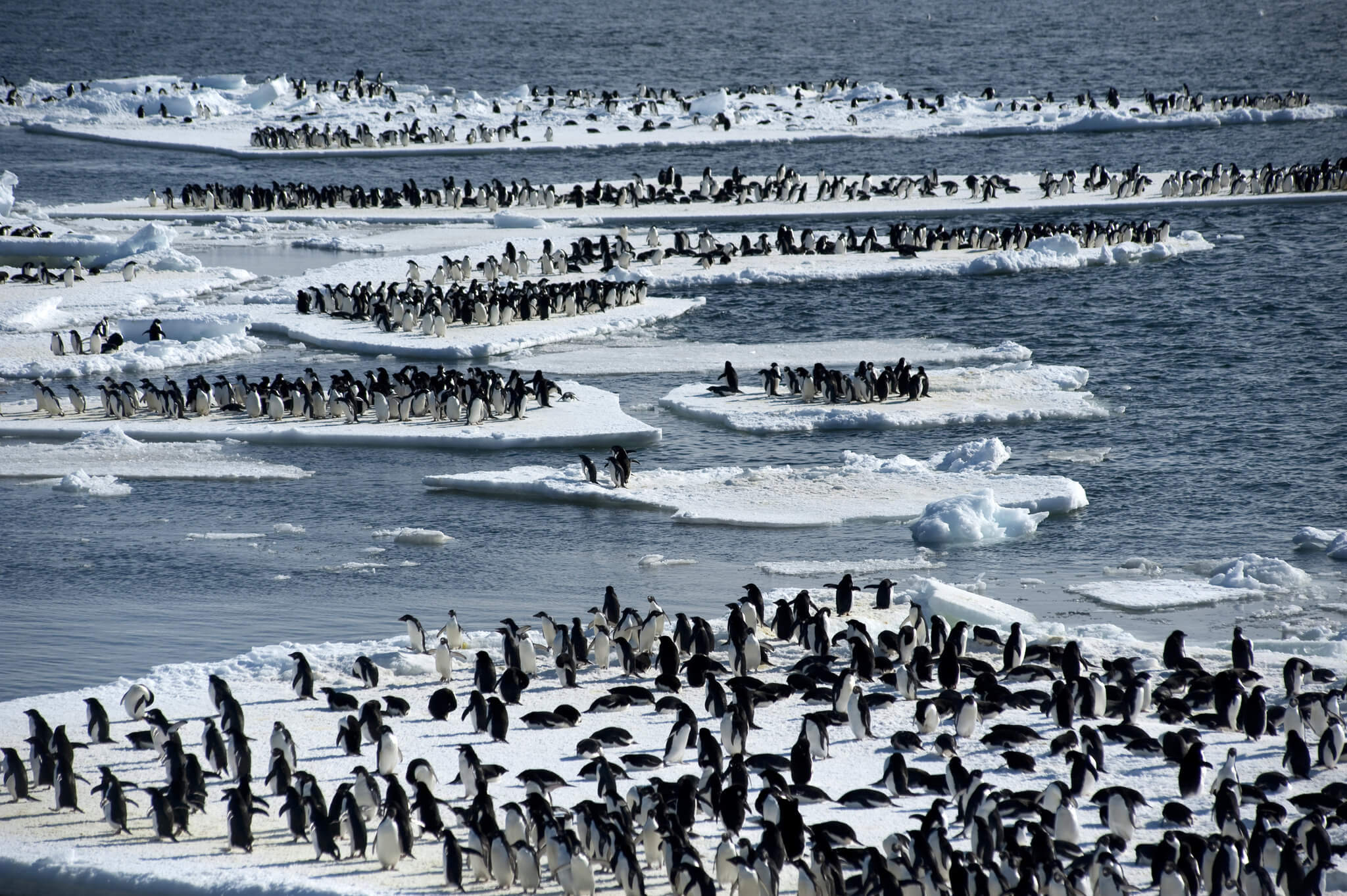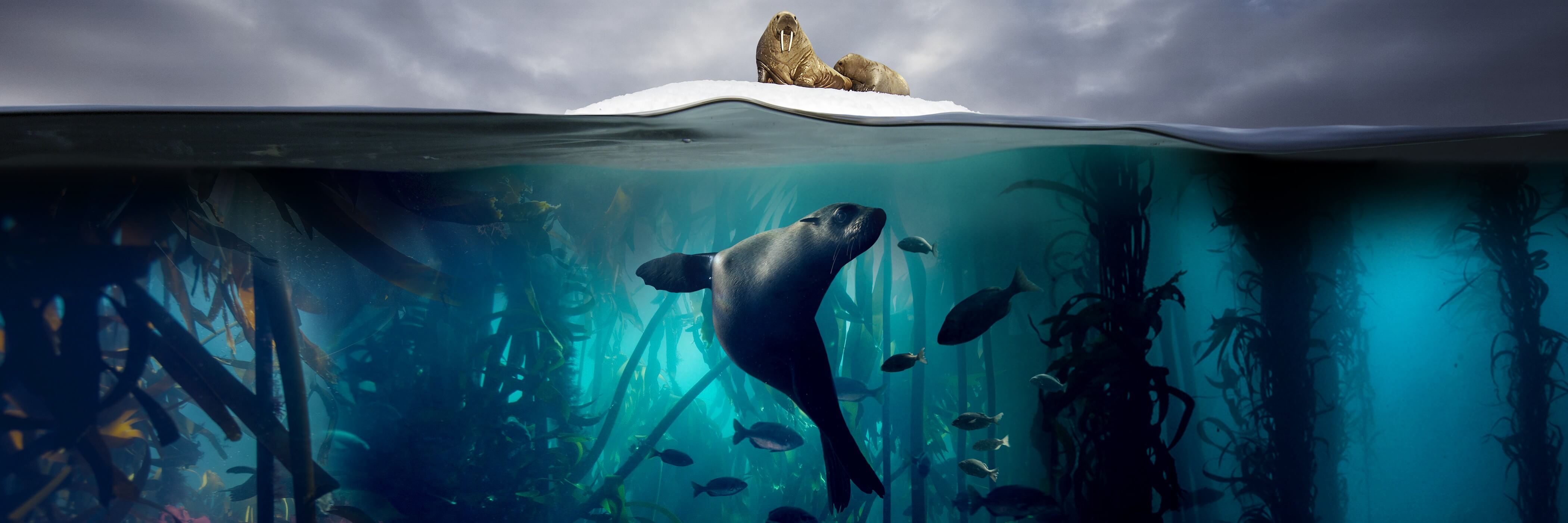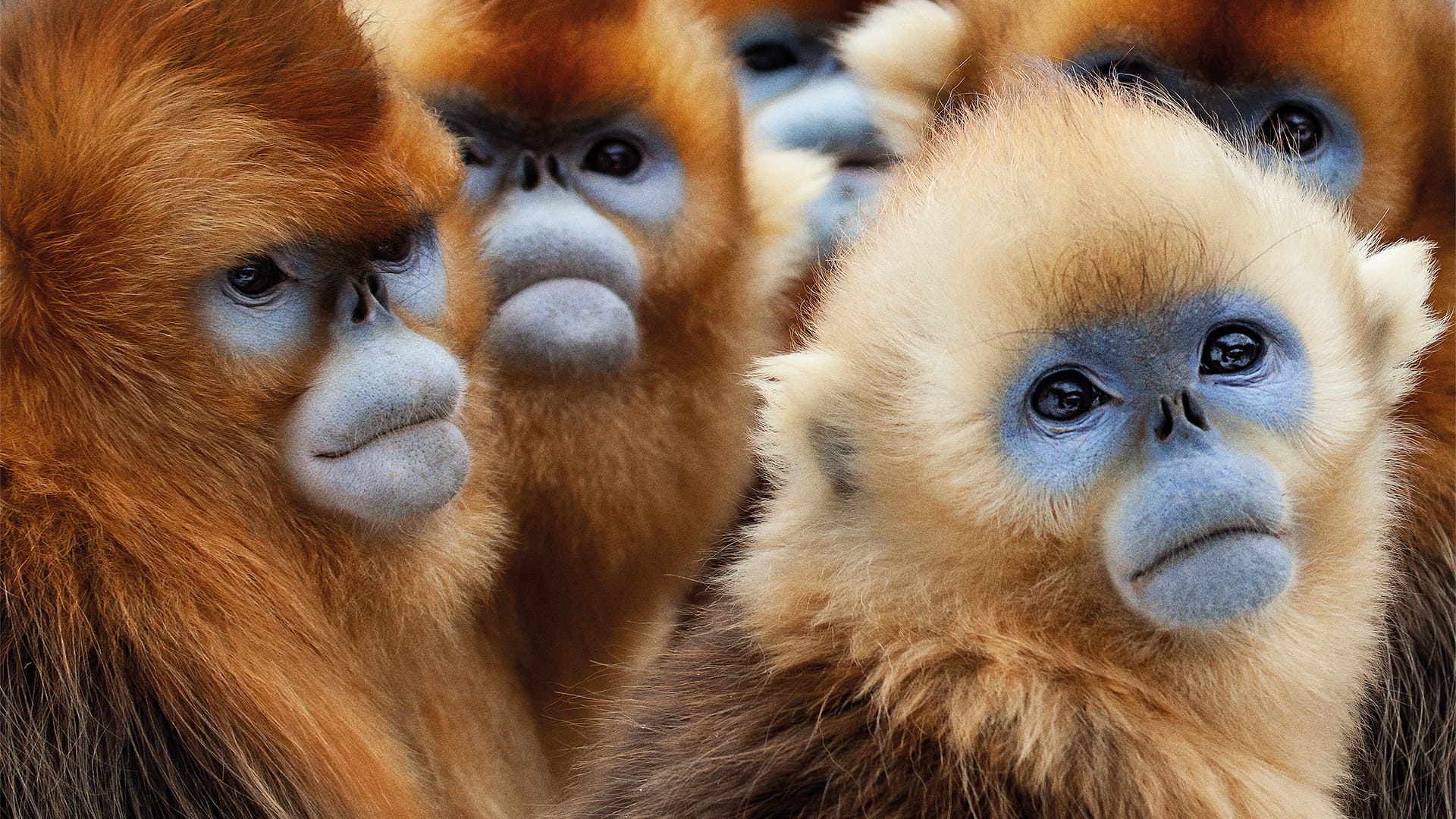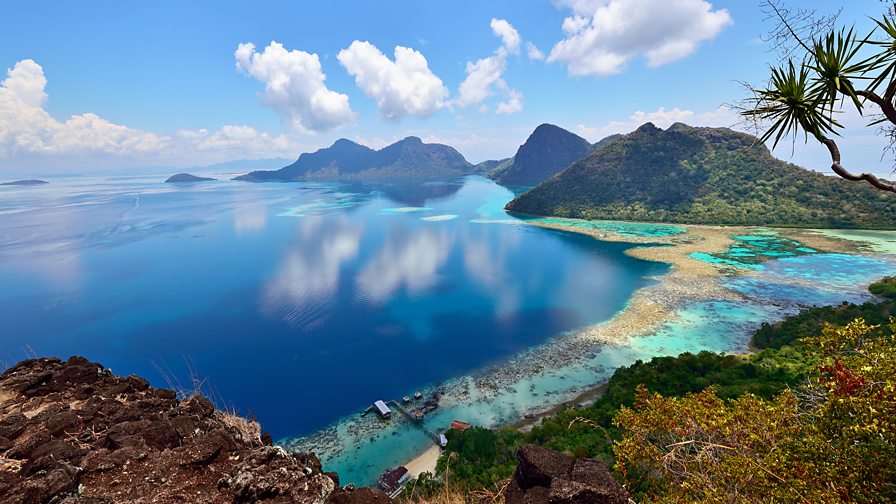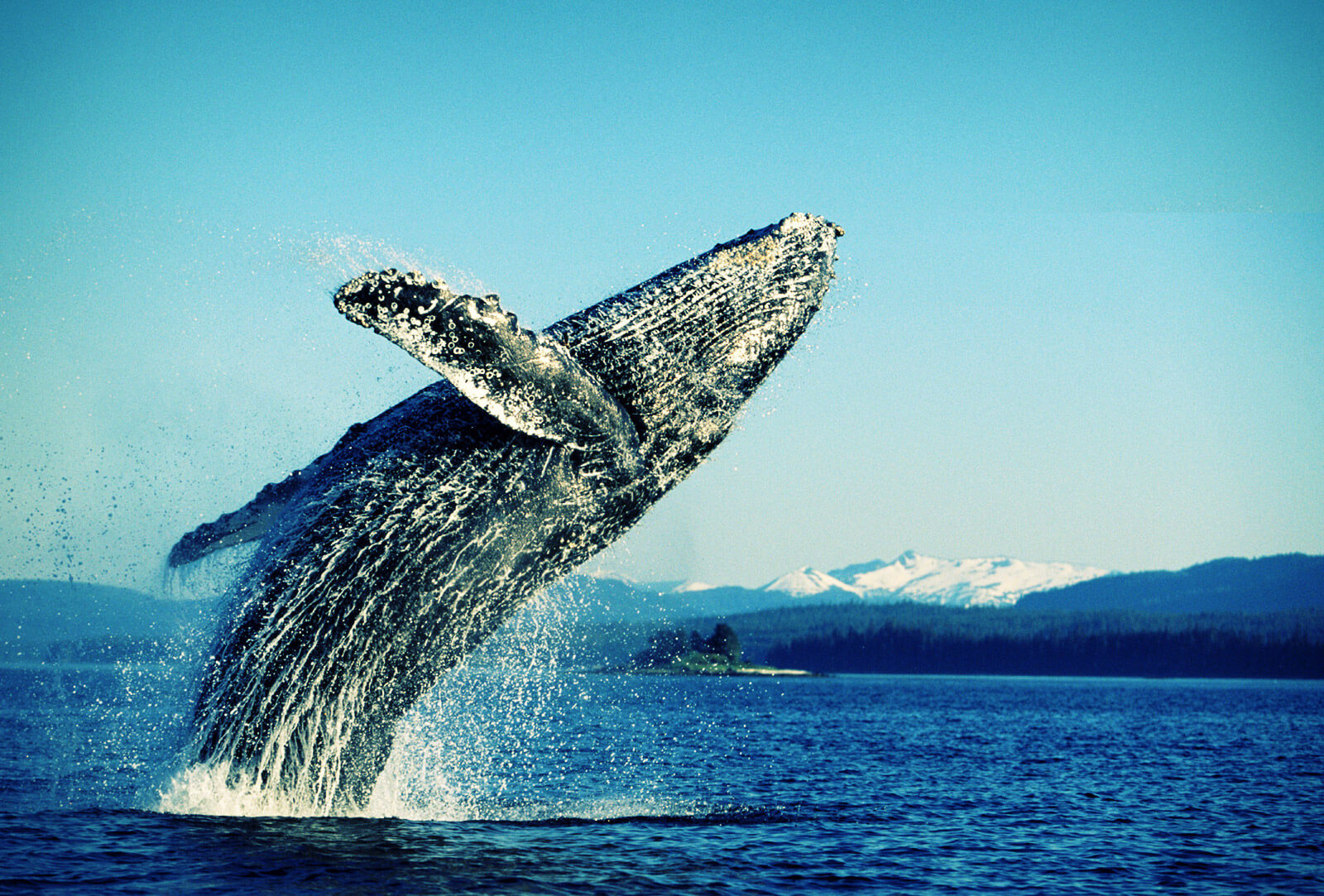description:
An exploration of the wild and beautiful parts of our planet. Documentary series which celebrates our planet in all its glory, both its spectacular scenery and its captivating natural history.
episodes:
This edition takes an epic journey following the descent of the planet’s mightiest rivers from their mountain sources to the sea. Breathtaking river scenery is revealed by a revolutionary helicopter camera mount – from the world’s highest and broadest waterfalls to the awe-inspiring spectacle of the 10,000-strong flocks of greater snow geese in flight.
We witness underwater swimming monkeys; giant salamanders, at two metres the world’s largest amphibian, on the hunt in a remote mountain river of Japan; and river dolphins in the Amazon, showing off lumps of rocks to win over a mate.
New underwater worlds are discovered – we break the ice of the world’s deepest lake, Baikal in Siberia, home to the only freshwater seal and bizarre giant amphipods. We dive into the Pantanal, the world’s largest wetland patrolled by caiman and piranhas.
We also encounter dramatic showdowns between gangs of Indian otters and mugger crocodiles; while in Africa the lightning ambushes of Nile crocodiles on wildebeest are filmed for the first time at ultra-high speed.
The Cave of Swallows in Mexico is a 400-metre vertical shaft. It’s deep enough to engulf the Empire State Building, yet few people even know of its existence. Caves are earth’s final frontier and this programme goes where few have been before.
Deer Cave in Borneo is a daytime retreat for five million bats; their droppings support an entire community of creatures. Shine a light on one massive pile of droppings and the whole place shimmers with millions of dung-eating insects.
Caves also harbour some of the most remarkable and bizarre animals on earth; from cave swiftlets who build nests out of just saliva to the troglodytic animals that never see daylight or ever set foot on the surface. Troglodytes like the Texas cave salamander and Thailand’s cave angel have neither eyes nor pigment, and the entire populations of both are found in just a couple of caves.
From Lechuguilla Cave’s astonishing six-metre-long crystals to the extraordinary snottites of Villa Luz, this documentary provides unprecedented access to the hidden world of caves.
David Attenborough takes a look at deserts, which cover a third of the Earth’s land surface. From space they appear lifeless but a closer look reveals a different picture.
Deserts, in fact, are surprisingly varied; from Mongolia’s Gobi desert where wild Bactrian camels have to eat snow in lieu of water, to the Atacama in Chile where guanacos survive by licking the dew off cactus spines.
Changes are rare in deserts but they play a crucial part in their story; from Saharan sandstorms nearly a mile high to desert rivers that run for a single day; from the brief blooming of Death Valley in the USA, to a plague of desert locusts 40 miles wide and 100 miles long – two events that might occur once in 30 years.
The highlight of the programme is a unique aerial voyage over the dunes and rocky escarpments of a Namibian desert. From this lofty viewpoint, we follow elephants on a desperate trek for food and – most amazingly of all – desert lions searching the wilderness for wandering bands of oryx.
The programme unravels the secrets behind desert survival – and reveals the ephemeral nature of this stunning environment.
Although the frozen worlds of the Arctic and Antarctic experience the greatest seasonal extremes, it is the advance and retreat of the ice that is the real challenge to life. As the sea freezes, Antarctica doubles in size and all animals except for the emperor penguin flee.
In the Arctic, the polar bear’s ice world literally melts beneath its feet, forcing it to swim vast distances and take on one of the deadliest adversaries on the planet.
The great plains are the vast open spaces of our planet. These immense wilderness areas are seemingly empty. But any feeling of emptiness is an illusion – the plains of our planet support the greatest gatherings of wildlife on earth: two million gazelles on the Mongolian steppes, three million caribou in North America and one and a half million wildebeest in East Africa. Close on their heels come an array of plains predators including eagles, wolves and lions.
At the heart of all that happens here is a single living thing – grass. Flooded, burnt, baked and frozen – grass is almost indestructibe, able to survive from the baking savannahs of Africa to the frozen tundra of the Arctic, from the floodplains of India to the high altitude steppes of the Tibetan plateau. Together, these hugely productive grassland plains encompass a quarter of the land on earth and bear witness to some of the most dramatic wildlife stories on our planet.
The Taiga forest is a silent world of stunted conifers cloaked in snow and ice. The trees form a belt that circles the globe, broken only by ocean, and contains a third of all trees on Earth. Here, animals are scarce, with just a few charismatic loners like the wolverine and lynx.
By contrast, the broadleaf forests of North America and Europe bustle with life. The most startling illustration happens just once every seventeen years, when the nymphs of the periodical cicada burst from the soil in the biggest insect emergence on the planet.
In California, witness the cameras fly up the tallest trees on Earth: giant redwoods over 100 metres high. See General Sherman, a giant sequoia, ten times the size of a blue whale, and the largest living thing on the planet. Close by are bristlecone pines, so old they pre-date the pyramids and were already 2,500 years old when Jesus Christ was born.
The baobab forests of Madagascar are the strangest of all. The bizarre upside-down trees store water in their swollen trunks and harbour strange wildlife, such as the tiny mouse lemur, the world’s smallest primate.
David Attenborough narrates the final episode in the documentary series that shows our planet in all its glory.
In this part, a look at life deep undersea. A 30-tonne whale shark gorges on a school of fish and a unique overhead camera reveals common dolphins rocketing at speed. Descending into the abyss, deep sea octopus fly with wings and vampire squid use bioluminescence to create a colour display. Time-lapse footage taken from 2,000m down captures eels, crabs and giant isopods eating.

